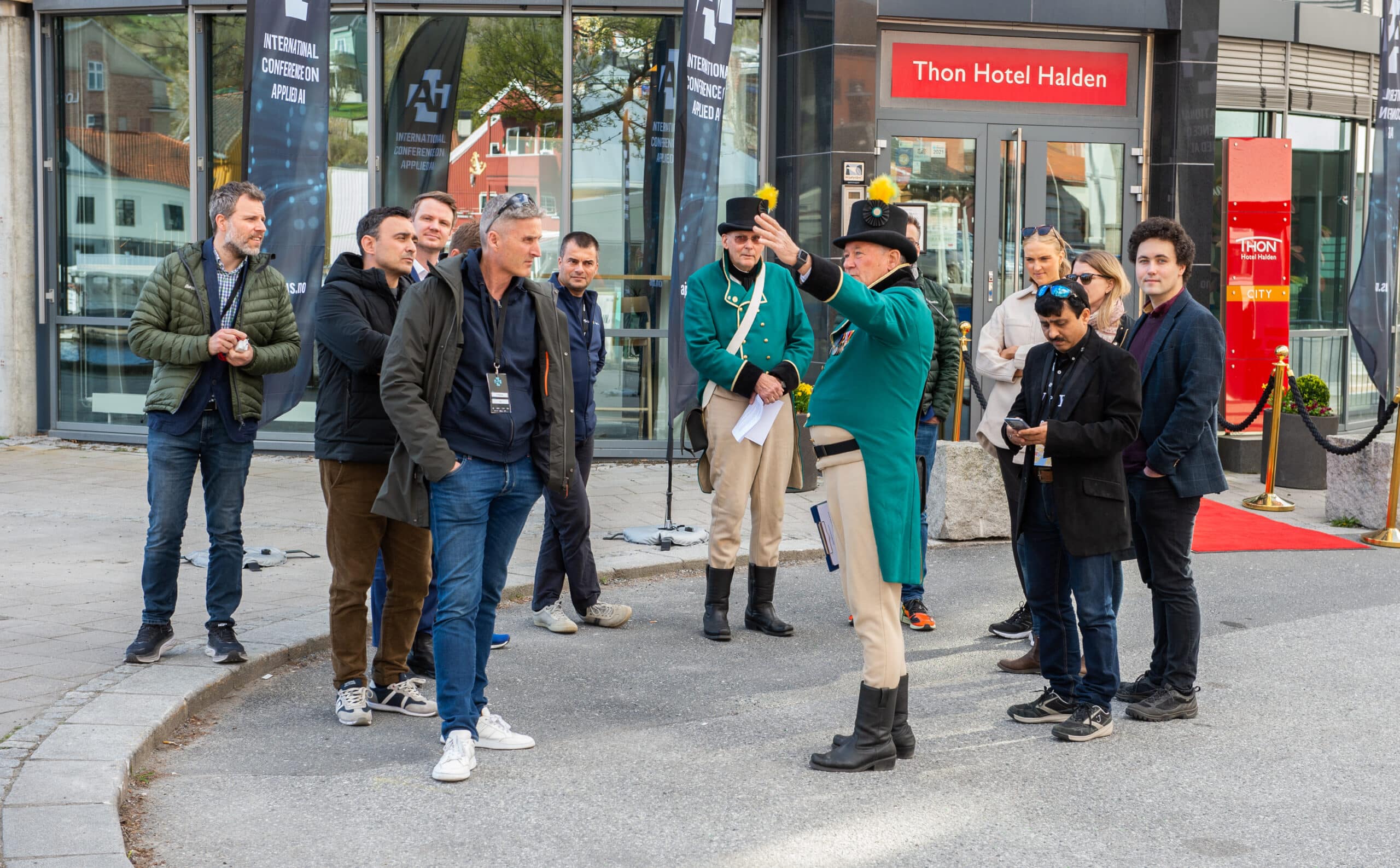AI+ News
-

Norway’s top tech law firm reveals how AI boosts their business
in AI+ NewsSimonsen Vogt Wiig, one of Norway’s top tech law firms, boosts its business by using AI tools to automate and optimize various legal processes, such as document analysis, contract drafting, due diligence, and risk assessment. By using AI, SVW can deliver faster, more accurate and cost-effective solutions to its clients.
-

Computas: Generative AI is transforming the way we solve problems and create value for businesses
in AI+ NewsAt AI+, Ida Ryland and Dharshini Tharmarajan will share insights on how Computas has helped clients create business value with generative AI in their keynote “From hype to applied AI – Real AI examples from Norwegian businesses”.
-

Kantega uses AI to help customers build business critical software systems
in AI+ NewsKantega explores how AI solutions based on customers’ own data can give businesses lasting competitive edges. The Norwegian IT consulting company is using AI language models like GPT-4 to develop virtual assistants and recently developed a new data and analytics platform for Enova.
-

Follow the reveals of our AI+ Christmas Calendar
in AI+ NewsThe conference team has prepared an Advent Calendar unveiling updates and surprises every workday until Christmas, starting December 1st. Get ready for an exciting Advent Season with AI+ 2024!
-

AI+ 2023 – another great conference on applied AI
in AI+ NewsEarlier this week, Halden once again became the epicentre of applied AI in Norway by hosting the annual conference on applied artificial intelligence called AI+, bringing together industry, tech, and researchers from the field of AI.
-

-

-

Automating battery maintenance with AI
in AI+ NewsNornir is an IoT- and AI operator facilitating the real-time movement, usage, and leverage of data, through their core offering – Nornir HIVE. Having acquired Norwegian BMS (battery management system) […]
-

VIDEO: – AI must be a general concern for politicians
in AI+ NewsAbelia is a representative of small companies on the innovation front that use new technology and data to create new businesses. At the AI+ conference in 2022, Policy Director Nils […]
-

VIDEO: – We should develop AI according to our actual needs
in AI+ NewsThis statement is made by Dr Inga Strümke from NTNU – The Norwegian University for Science and Technology. She participated as a speaker and in the discussion panel at AI+ […]
